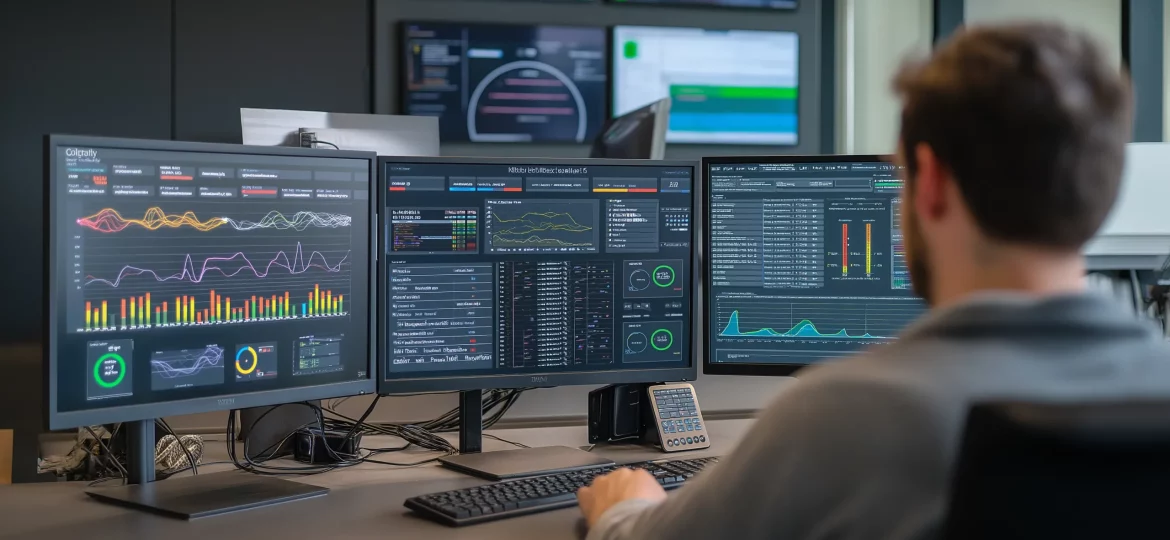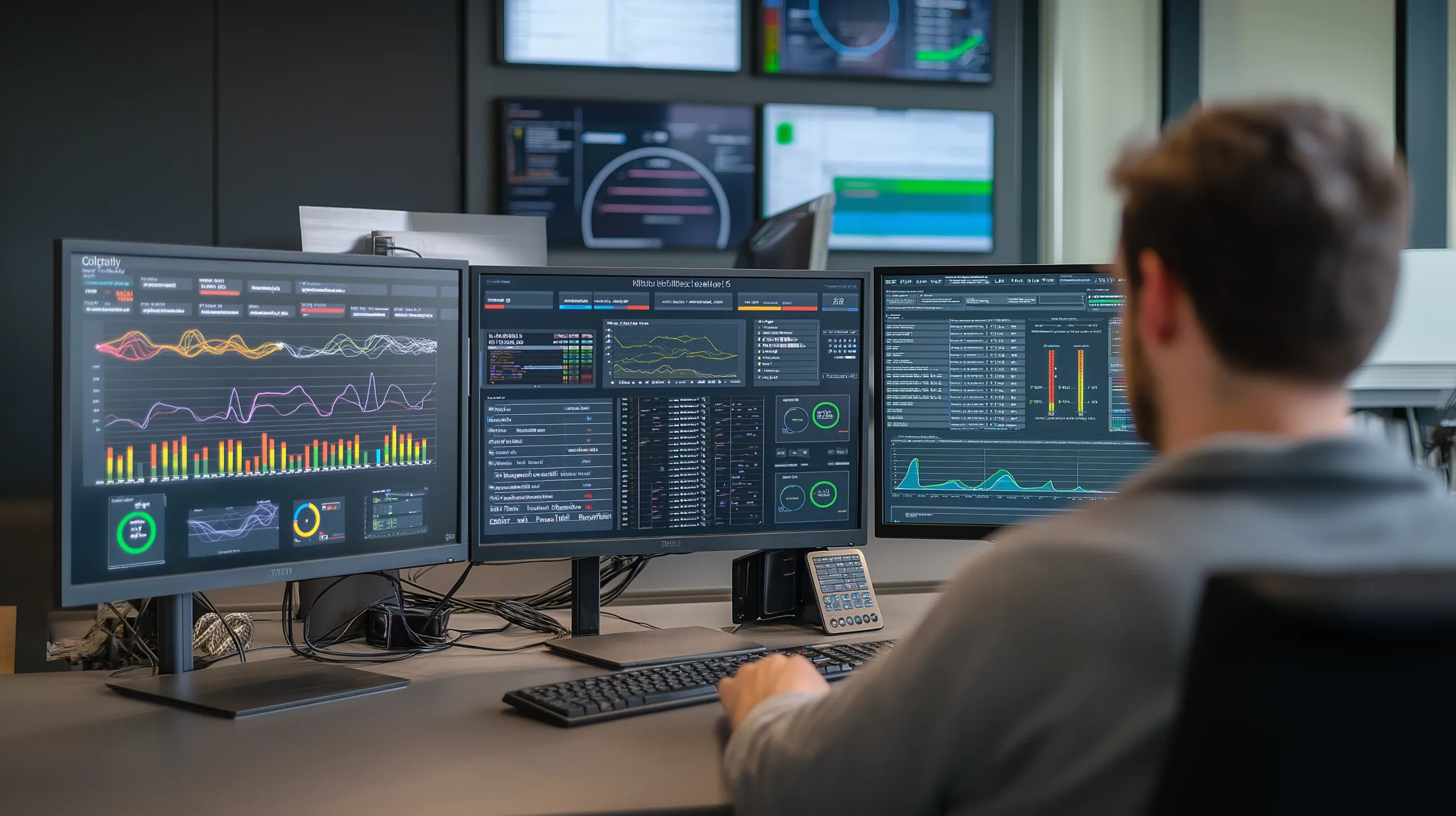
Smart monitoring of your IT infrastructure helps you detect and resolve problems quickly, avoid costly downtime, and make better decisions. But if you monitor everything by the book, you risk being overwhelmed by masses of alerts, defeating the whole purpose of monitoring. So how do you retain control?
It’s a familiar issue for every IT team. Monitoring generates alerts — lots of them — and each one demands your attention. You have to check if they’re relevant and then prioritize them according to urgency. Then you still have to take the necessary actions to resolve the situation itself. In the meantime, the day-to-day work of the system administrator is neglected. If the stream of low-priority alerts continues, alert fatigue inevitably sets in, and the risk of missing genuinely serious warnings increases. Simply ignoring alerts isn’t an option, but neither is wading through a sea of notifications every day.

From monitoring to observability
The solution lies in shifting from monitoring to observability. Instead of simply collecting as many metrics as possible, you use AI to interpret why the data is what it is. Maybe metrics shoot up at the same time every week, because that’s when the entire sales department submits its reports? AI can make this kind of connection, allowing you to delete the associated alerts without guilt.
Better planning also helps. Suppose you receive an alert when a disk is almost full, demanding that you take immediate action. It’s smarter to set up your system so that you receive the alert earlier rather than when the situation is about to become critical. Early action means far fewer fires to put out — and fewer alerts.
Centralized on one platform
So a smart approach can reduce alerts, prevent fires, reduce stress, and save time, keeping your business running smoothly, which is the real reason you invested in IT in the first place. The next question is: where do you centralize all the metrics so that you can unleash AI on them? Well, that happens on the internal development platform, more specifically on the monitoring and logging plane.
By centralizing all your metrics there, you reduce the number of tools you have to consult, ultimately producing fewer alerts and using just one central AI search engine. This allows you to quickly locate all the necessary information and links, so that you can establish whether the alerts are relevant and then take the action.
Next step: automation
You can implement standard troubleshooting mechanisms that automatically activate when the usual “standard incidents” occur. This saves hours of manual work and postpones the moment when an IT professional has to get involved.
So again you receive far fewer alerts, and the ones you receive are resolved much faster or even automatically. That makes you a happy system administrator, right? Because that way you have more time to spend on high-value work, such as interventions that support the business objectives.
Ready to take the next step?
During a half-day workshop, BRYXX can bring the whole picture into focus for you and your team. Which tools do you use for monitoring today? How do you use them to keep your IT infrastructure operational? How many alerts does that generate? How can you reduce that number and process alerts more efficiently? Together, we’ll identify the quick wins and streamline the entire process.

